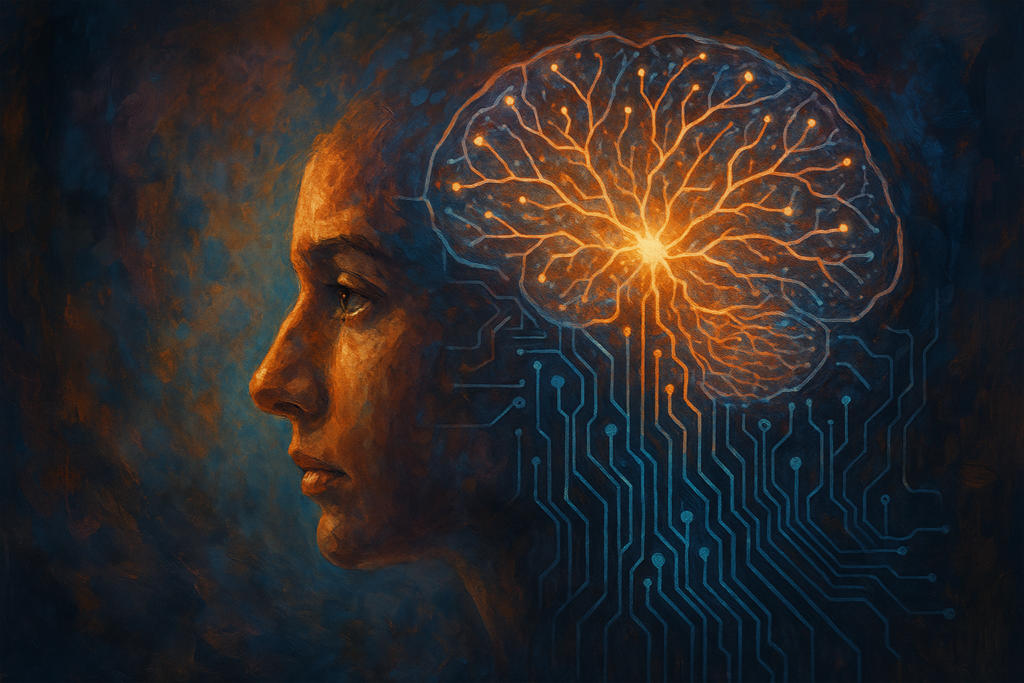
Introduction: Deconstructing a Buzzword
Few terms in the 21st century have been as overused and as under-explained as Artificial Intelligence. From marketing campaigns to political debates, “AI” has become a placeholder for anything vaguely futuristic or algorithmic. But within the research community, AI remains a deeply technical, multidimensional discipline rooted in mathematics, computer science, and cognitive theory.
This post isn’t about sci-fi fantasies or general AI speculation. It’s about clarifying what we mean when we talk about artificial intelligence today in its practical, measurable, and applied form.
A Working Definition of AI
Artificial Intelligence, at its foundation, is the field concerned with building systems that exhibit behavior we would label as “intelligent” if a human performed it.
To be more formal:
AI is the computational design of agents capable of perceiving their environment, learning from data, and taking actions to maximize the probability of achieving specific goals.
This includes but is not limited to the ability to:
- Generalize from limited examples (inductive learning),
- Optimize behavior under constraints (planning and control),
- Infer hidden causes from observations (probabilistic reasoning),
- and Adapt to non-stationary environments.
It’s less about simulating humans and more about building rational agents under uncertainty.
AI ≠ ML ≠ DL: A Necessary Distinction
In practice, AI is often mistakenly used as a synonym for machine learning (ML), and by extension, deep learning (DL). The reality is hierarchical:
- AI is the superset – the goal is intelligent behavior.
- Machine Learning is a subset – methods to achieve this by learning from data.
- Deep Learning is a further subset – using deep neural architectures to learn from high-dimensional inputs.
It’s entirely possible to build AI systems without any learning at all think of rule-based planning systems or game-tree searches. But in the age of data abundance, learning-based approaches have become the dominant paradigm.
From Symbolism to Statistics: The Evolution of AI
The field has evolved through two major waves:
- Symbolic AI (1950s–1980s):
Based on logic, ontologies, and manually defined rules. Systems like MYCIN and SHRDLU demonstrated early success but were brittle and non-adaptive. - Statistical AI / Machine Learning (1990s–present):
Emerged from the convergence of pattern recognition, statistics, and optimization. Instead of encoding intelligence, we train it.
Today’s frontier systems from large language models to autonomous agents rely almost entirely on probabilistic learning and large-scale optimization.
Why Is AI So Impactful Now?
Three enablers have converged to accelerate modern AI:
- Data availability: The Internet has created an explosion of labeled and unlabeled data streams.
- Computational power: GPUs, TPUs, and distributed computing have scaled training capacity exponentially.
- Algorithmic breakthroughs: Innovations like backpropagation, convolutional networks, and transformers have reshaped what’s possible.
But perhaps the most important and least discussed is societal integration. AI is no longer confined to labs. It’s embedded in economic systems, legal decisions, military applications, and consumer platforms.
Is It Really “Intelligent”?
This raises the fundamental question: Are today’s AI systems actually intelligent?
The answer depends on your definition. If intelligence means solving specific tasks with superhuman accuracy, then yes AI is already outperforming humans in image classification, protein folding, and even mathematical proof generation.
But if intelligence implies consciousness, intention, or moral reasoning, then no current AI lacks the hallmarks of general intelligence. It doesn’t understand causality, doesn’t possess self-awareness, and operates purely as an optimization engine.
In short: AI can mimic intelligent behavior without being intelligent in the human sense.
Final Thoughts: From Illusion to Understanding
What we call “AI” is not a monolithic entity. It is a collection of methods some old, some new that allow machines to perceive, reason, and act in ways that once required human cognition.
Understanding AI requires more than fascination. It demands precision. It’s easy to talk about AI in metaphors; it’s harder to engage with its mathematical and ethical foundations.
This blog series will attempt to do just that strip away hype and build conceptual clarity from the ground up.
Coming Next: AI vs ML vs DL — A Deeper Look
In the next article, I’ll take a detailed look at the relationships and boundaries between artificial intelligence, machine learning, and deep learning — including why the confusion exists and how to think about each clearly.
If you’re working, researching, or just genuinely interested in how machines “learn” stay tuned.
Leave a Reply